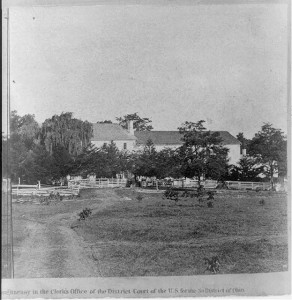In The Piano in America, 1890-1940, Craig Roell states that by 1915 the majority of white middle-class urban families had pianos. With such a large market, it is not surprising that author Bernard Parker located over 9500 patriotic songs published in the United States between 1914 and 1920.
WKU Library Special Collections currently has a total of 4,438 pieces of sheet music. Our World War I holdings include titles that show the many facets of the war experience. Probably the best known hit patriotic song written for troop recruitment was George M. Cohan’s “Over There.” Louisville, Kentucky, musicians did their part with Clarence Zollinger and Billy Smythe’s rallying recruitment song, “Fight for the Flag We Love.”
Tucked among many love songs is the title “I Wish I had Someone to Say Goodbye To.” Children of soldiers are represented by “Don’t Leave Me Daddy,” “I Miss Daddy’s Goodnight Kiss,” and “Just a Baby’s Prayer at Twilight (For Her Daddy Over There).” Loved ones left stateside were admonished not to let their tears add to the soldiers’ hardship in “Keep the Home-Fires Burning (‘Till the Boys Come Home).”
Soldiers’ experiences vary from “Oh! How I Hate to Get Up in the Morning” to “When Yankee Doodle Learns to ‘Parlez Vous Francais’.” A lyric that also speaks to the world experience gained in France appears within “Johnny’s In Town:” “he’s been aroun’, He knows French and ev’rything, You should hear him when he goes ‘Ooo-la-la-la.’” A father’s concern about the Paris exposure is expressed in the well known “How Ya Gonna Keep ‘Em Down on the Farm.”
Due to the generosity of numerous donors, including Mary Clyde Huntsman, Drucilla Jones, and Bob and Carol Crowe Carraco, WKU is fortunate to have a good representation of the songs of World War I.
For additional reading, see: Bernard Parker, World War I Sheet Music: 9,670 Patriotic Songs Published in the United States, 1914-1920, with More Than 600 Covers Illustrated. Jefferson, N. C.: McFarland, 2007; Vogel, Frederick G., World War I Songs: A History and Dictionary of Popular American Patriotic Times with over 300 Complete Lyrics. Jefferson, NC and London: McFarland and Company, Inc., 1995; Watkins, Glenn.. Berkeley: University of California Press. 2003.

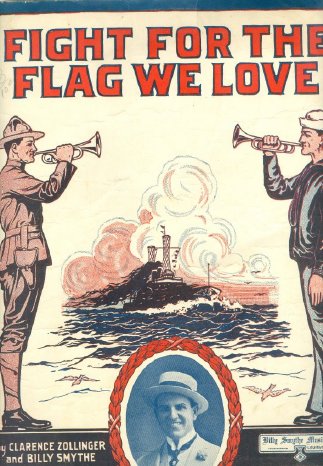
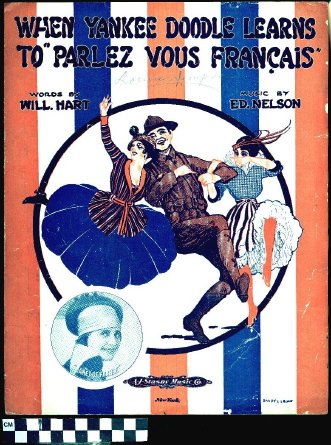
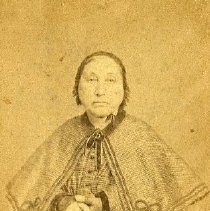
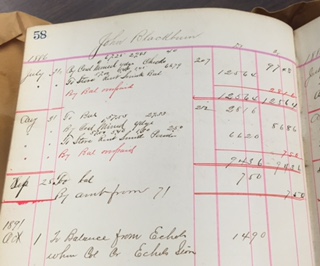
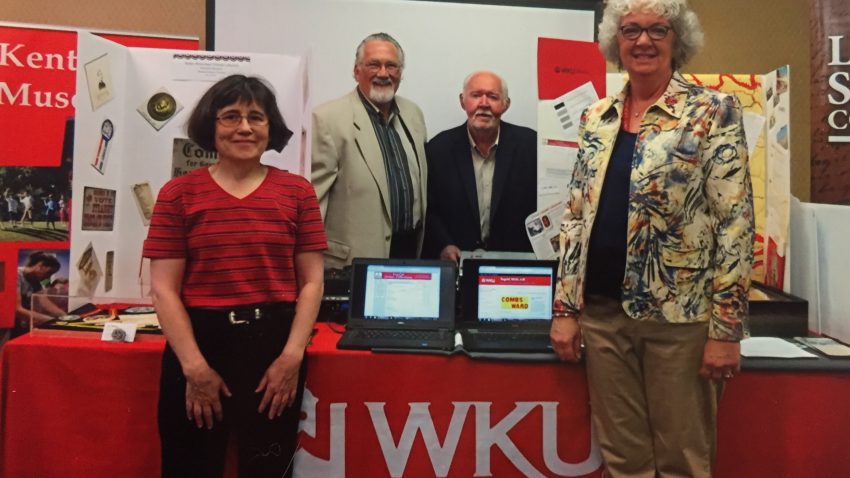
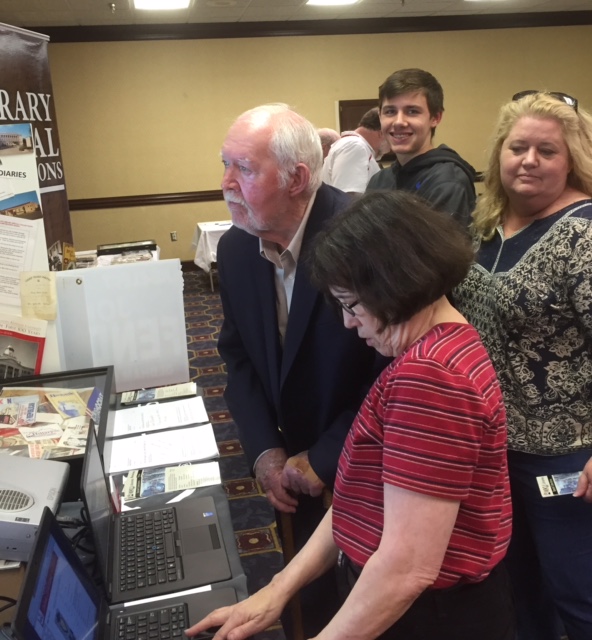
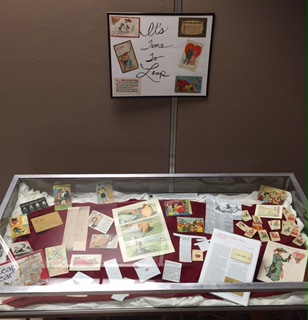
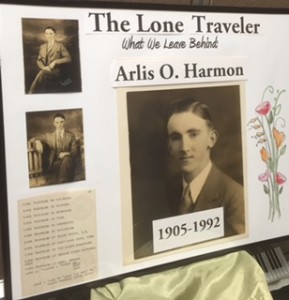
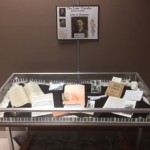
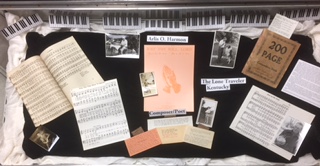
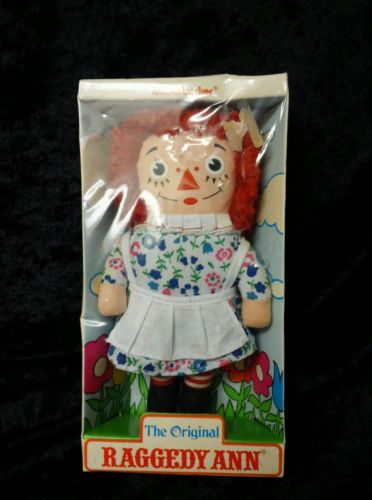
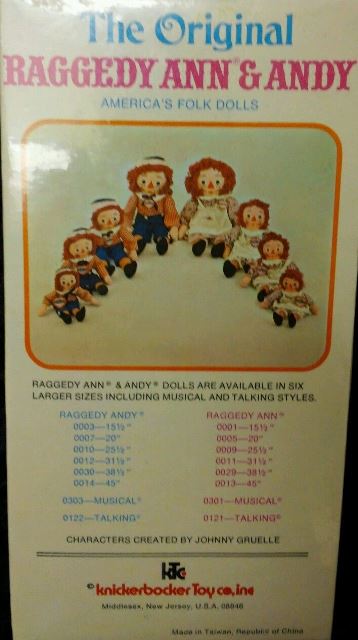
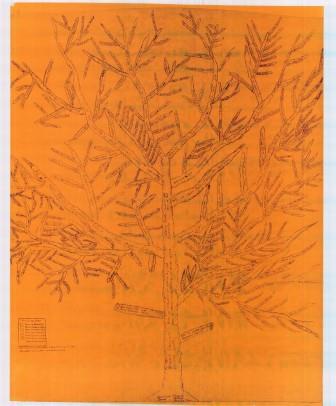
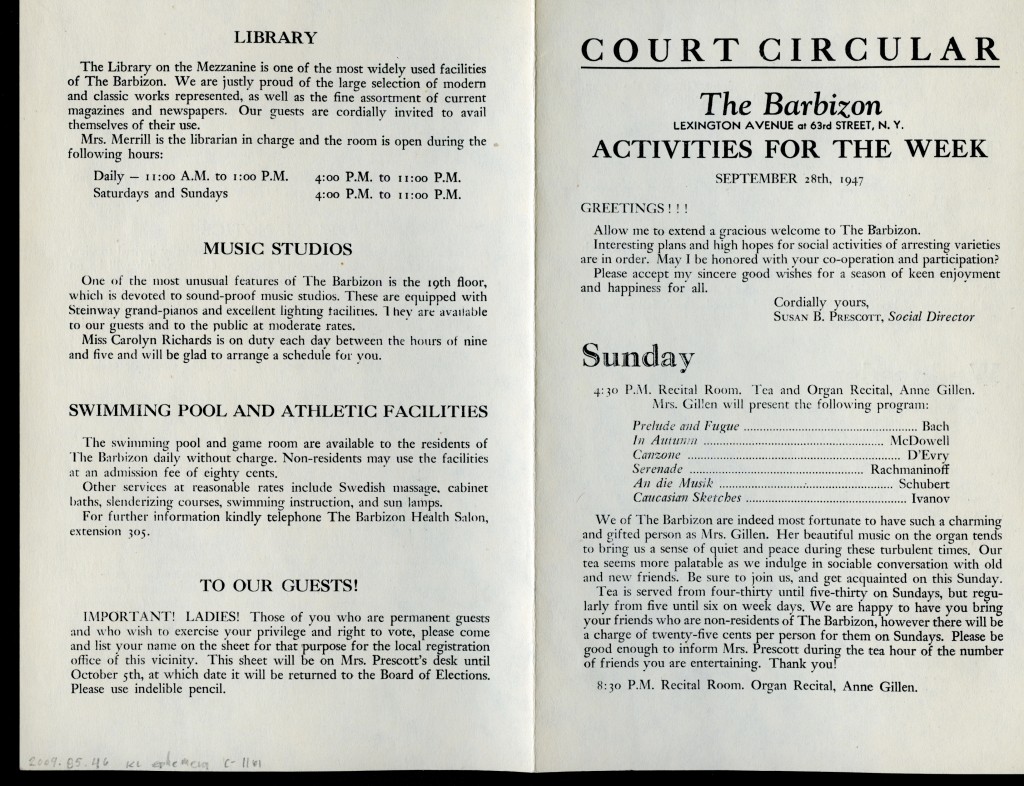

 inally from Belgium came to the United States in 1857. It was noted that he brought “sunlight” to the interior of the cave by the use of magnesium, so that one of the greatest natural wonders of the world could be seen by many. His biography from a special edition of the “Journal of Speleological History” (2000) notes: “These were the first high quality photographs produced underground in any cave. Waldack was naturalized as an American citizen after his marriage to Mary Tanner (born about 1849) of Kentucky, who was also a photographer. He set up a photography shop at 31 West 3rd Street in Cincinnati and made many excellent views of buildings, streets, and bridges between 1857 and 1873. Most important was his 42 stereo cards of Mammoth Cave. The Anthony series was continuously printed until about 1872, and 12 of the photographs were printed as engravings in the 1870 book, “A Historical and Descriptive Narrative of the Mammoth Cave of Kentucky” by William S. Forwood.
inally from Belgium came to the United States in 1857. It was noted that he brought “sunlight” to the interior of the cave by the use of magnesium, so that one of the greatest natural wonders of the world could be seen by many. His biography from a special edition of the “Journal of Speleological History” (2000) notes: “These were the first high quality photographs produced underground in any cave. Waldack was naturalized as an American citizen after his marriage to Mary Tanner (born about 1849) of Kentucky, who was also a photographer. He set up a photography shop at 31 West 3rd Street in Cincinnati and made many excellent views of buildings, streets, and bridges between 1857 and 1873. Most important was his 42 stereo cards of Mammoth Cave. The Anthony series was continuously printed until about 1872, and 12 of the photographs were printed as engravings in the 1870 book, “A Historical and Descriptive Narrative of the Mammoth Cave of Kentucky” by William S. Forwood.